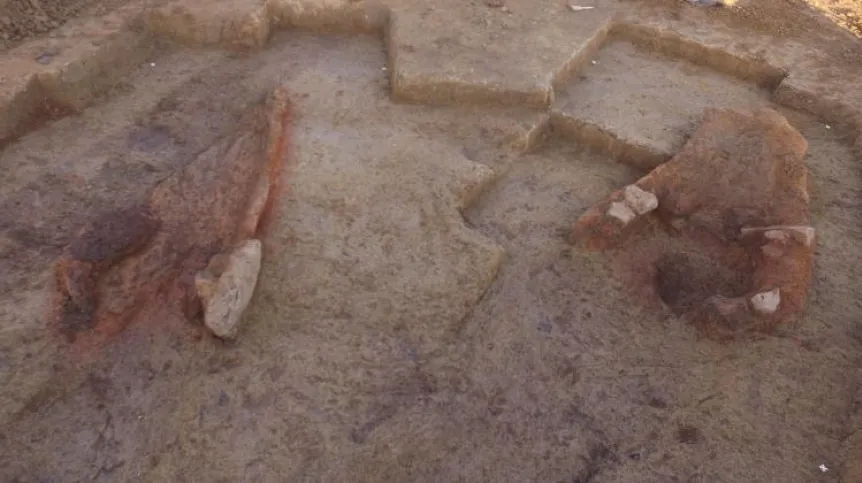
Consisting of around 130 kilns, according to archaeologists, it is the largest archaeological site of this type in Poland and one of the largest in Europe.
The remains of two kilns have so far been excavated with the remaining being located spread over 5 hectares with a magnetometer.
Archaeologist Jan Bulas said: “Our research shows that only storage vessels with characteristic thickened necks were produced there. These were large vessels up to 50 cm neck diameter and about 70 cm high. The vessels were most likely used for storage - for example of food. There are known discoveries of such vessels dug into the ground, which probably served as pantries."
Vessels fired in open kilns were made on a potter's wheel, which became popular in the area at that time.
Previous research shows that the kilns were operated between the turn of the 3rd century and the 5th century. At that time, these areas were inhabited by Germanic tribes, probably Vandals.
Bulas said: “The site in Wrzępia is unique for many reasons. It should be emphasized that in the light of current knowledge it is not only the largest production site of this type in Poland, but also one of the largest in the entire barbaric Europe of the Roman period. The only comparable place in terms of the number of kilns is a huge production centre in Medieșu Aurit in Romania, where researchers estimate the number kilns at more than 200, also based on magnetic surveys.”
He added: 'The largest previously known site with pottery kilns of the Przeworsk culture (that archaeologists associate with the Vandals - PAP) is located in Zofipol near Kraków, where about 57 kilns have been found during excavations and geophysical research.”
In the territories of today's Poland, large iron production centres were also operating during the same period. The largest of them was located in the Świętokrzyskie Mountains, and other large centres are known from Masovia and Silesia. They were among the largest ancient metallurgical centres in the so-called barbaric Europe.
Both the iron production centres and the discovered ceramic vessel production centres show how strongly developed the barbarian economy was at that time.
The archaeologists want to find out whether the production centre had been used for several centuries, or extremely intensively for a short period. It is also not known how wide the demand was that the products manufactured there satisfied.
Bulas said: "It seems, however, that it was local, because there are no discoveries of vessels with the characteristic technology known from this region north of the nearby Vistula.”
The archaeologists, who plan to return to the site next year, say they will also carry out research on other pottery kiln sites in the region, which may have specialized in the production of other types of vessels.
The other archaeologists involved were Magdalena Okońska-Bulas and Marcin M. Przybyła.
(PAP)
author: Szymon Zdziebłowski
szz/ zan/ kap/
tr. RL
Gallery (9 images)
-
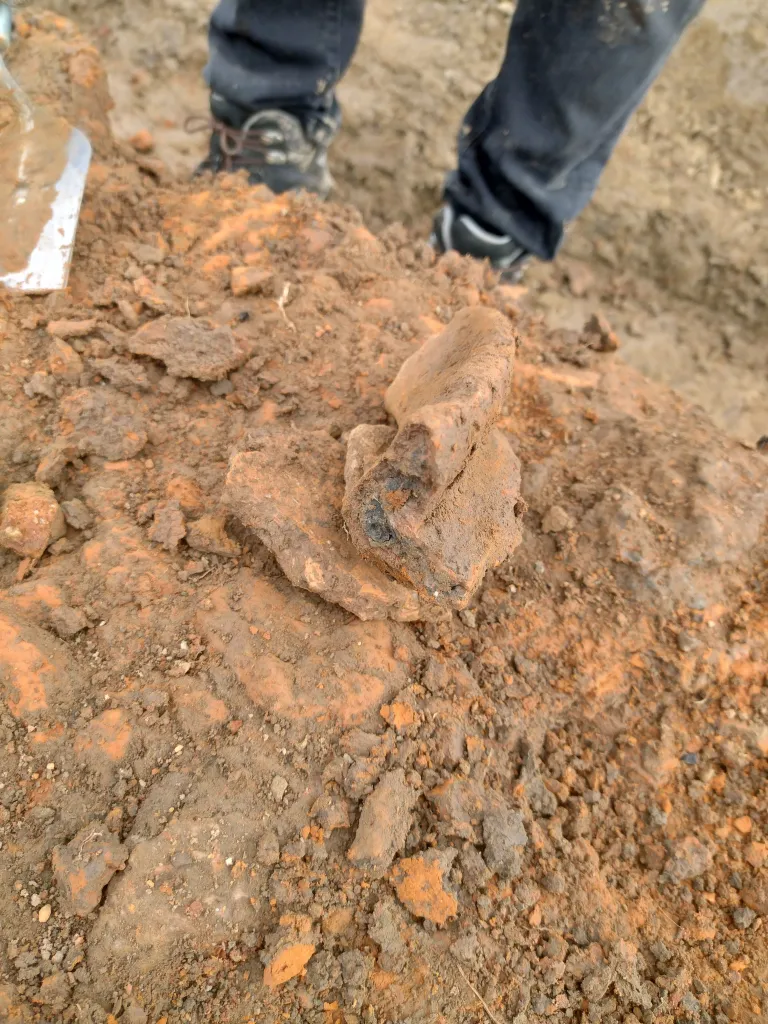 1/9Credit: Projekt Wrzępia
1/9Credit: Projekt Wrzępia -
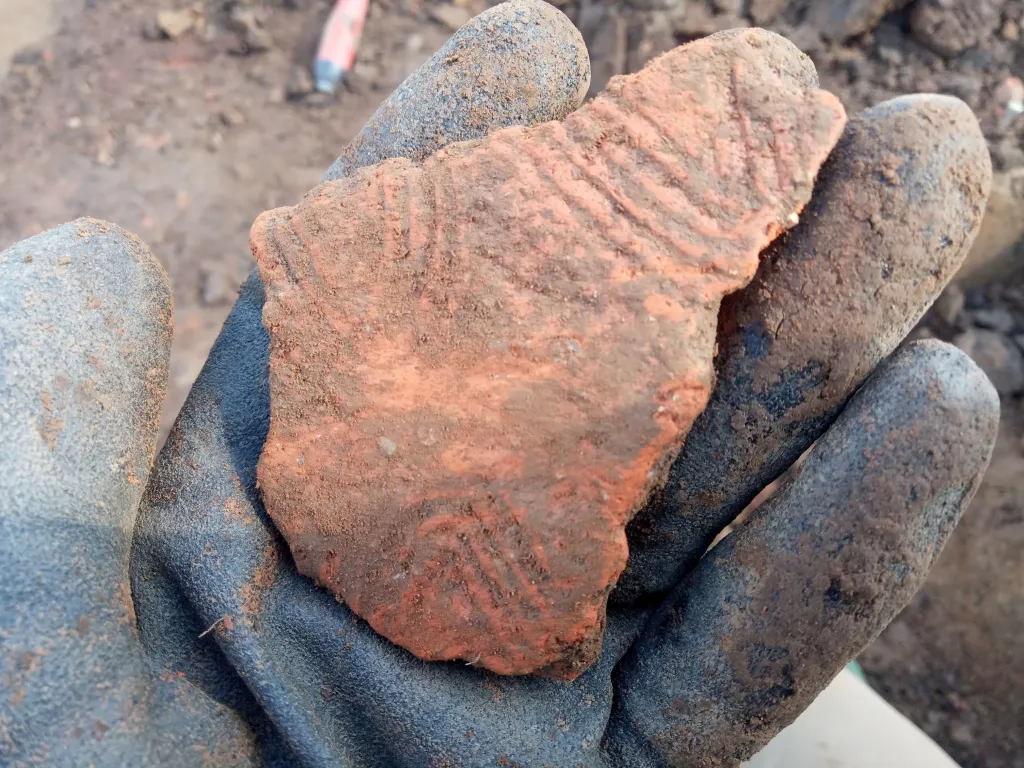 2/9Credit: Projekt Wrzępia
2/9Credit: Projekt Wrzępia -
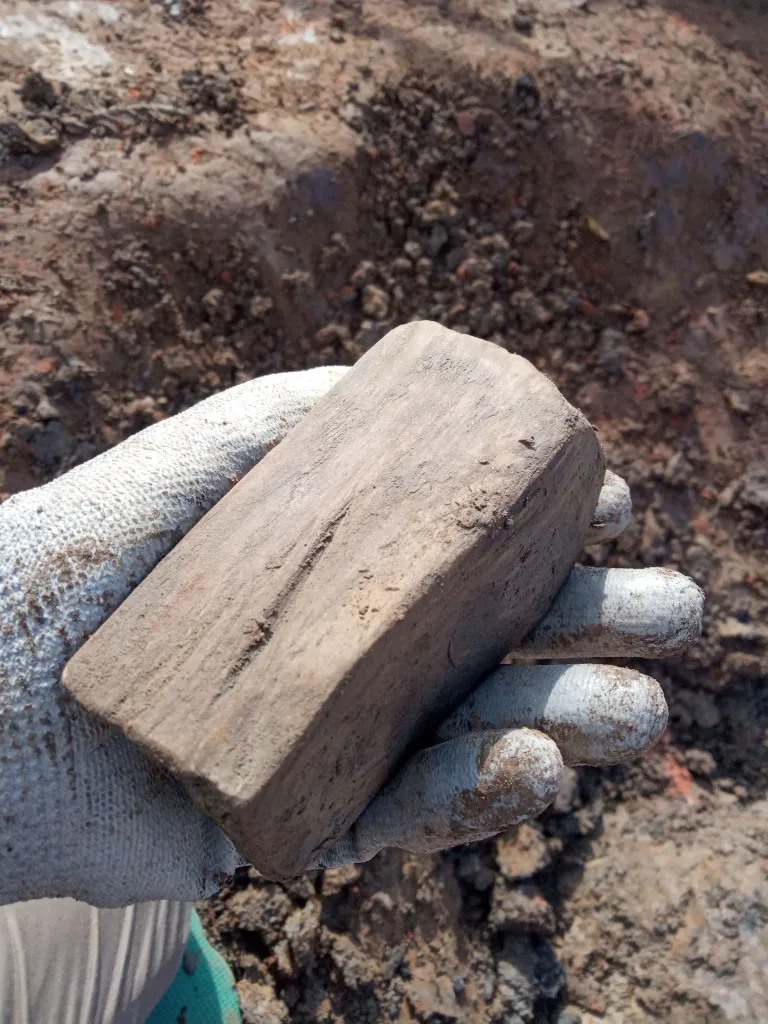 3/9Credit: Projekt Wrzępia
3/9Credit: Projekt Wrzępia -
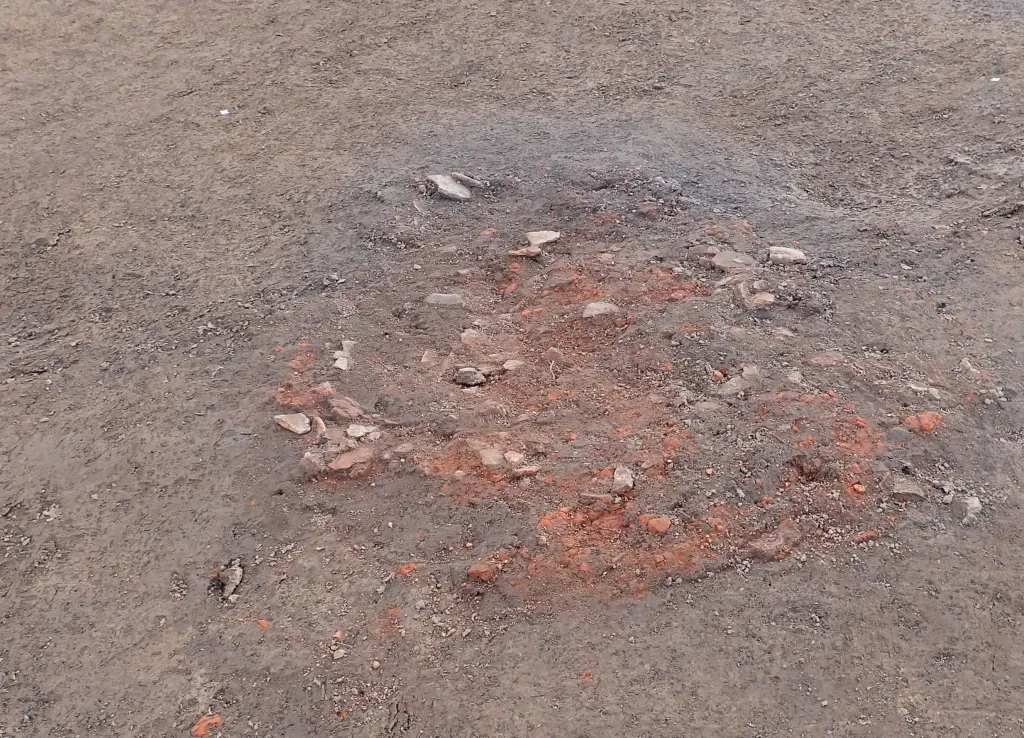 4/9Credit: Projekt Wrzępia
4/9Credit: Projekt Wrzępia -
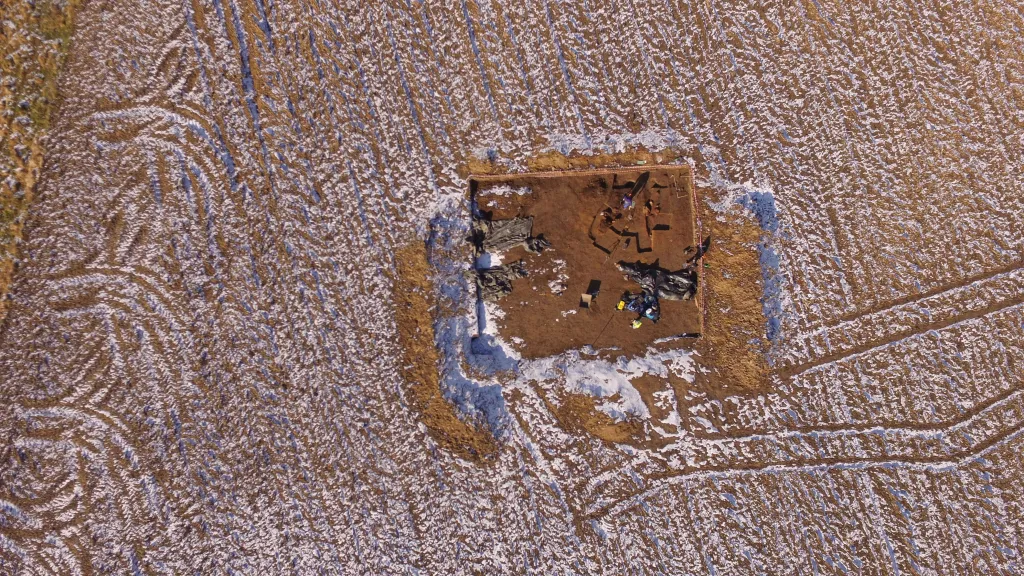 5/9Credit: Projekt Wrzępia
5/9Credit: Projekt Wrzępia -
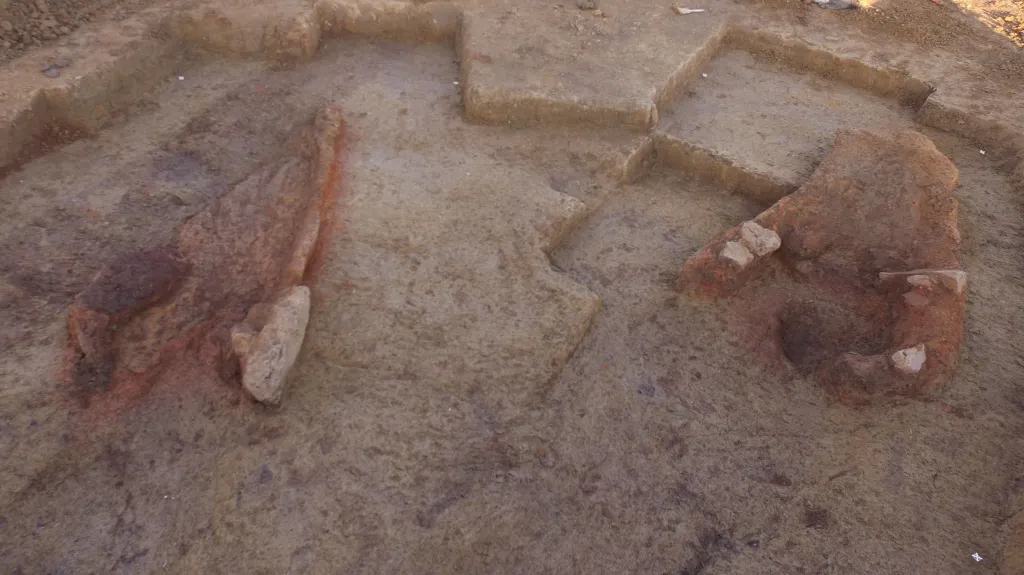 6/9Credit: Projekt Wrzępia
6/9Credit: Projekt Wrzępia -
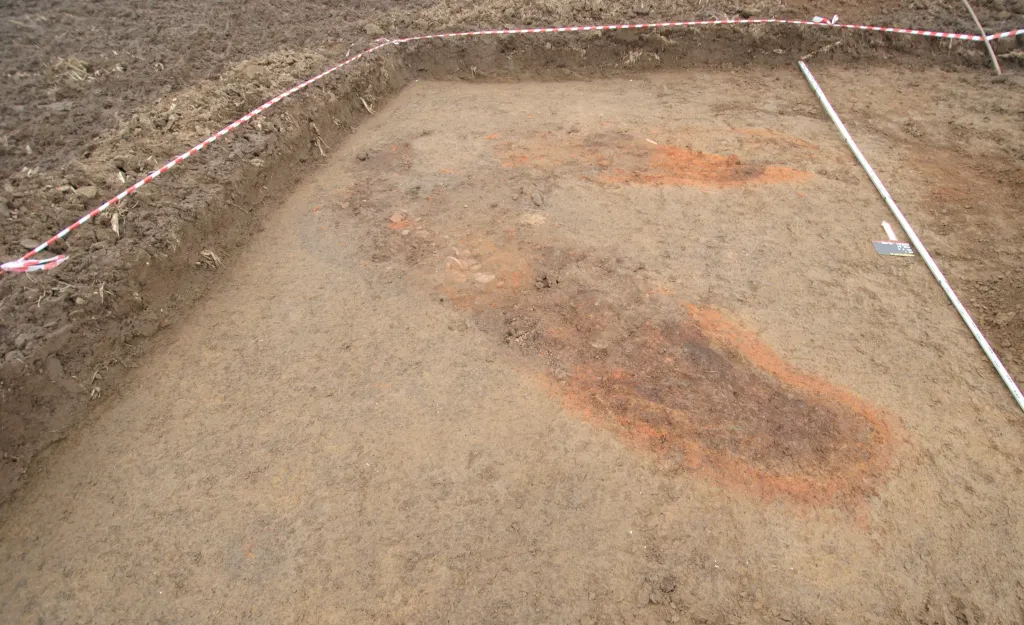 7/9Credit: Projekt Wrzępia
7/9Credit: Projekt Wrzępia -
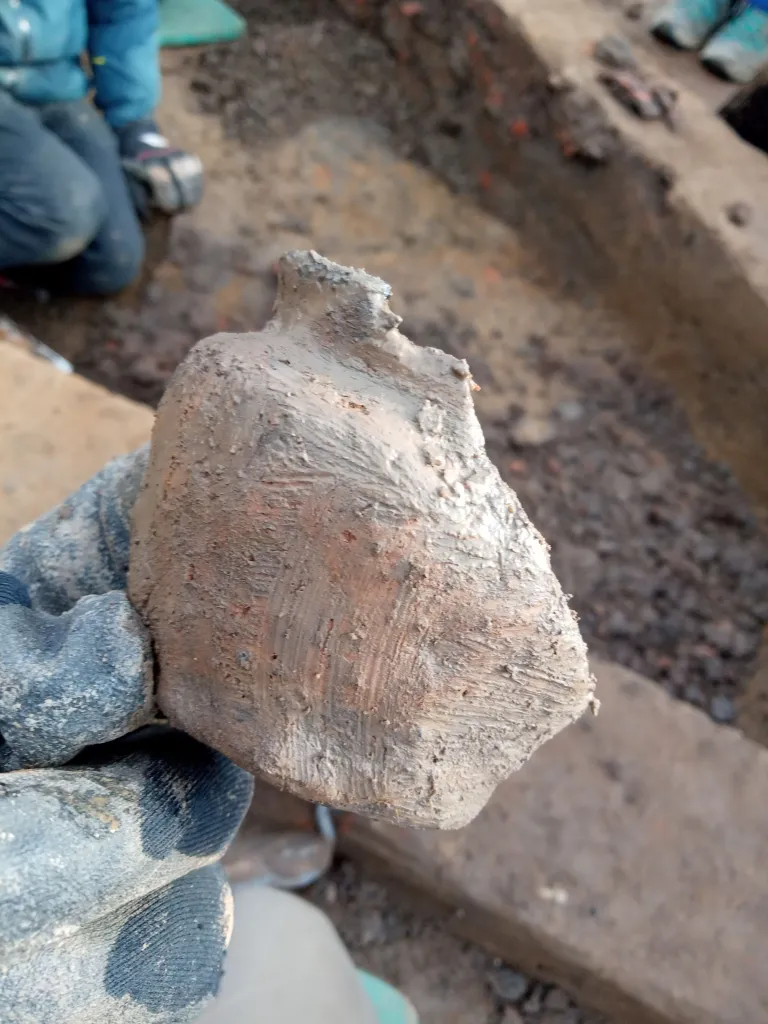 8/9Credit: Projekt Wrzępia
8/9Credit: Projekt Wrzępia -
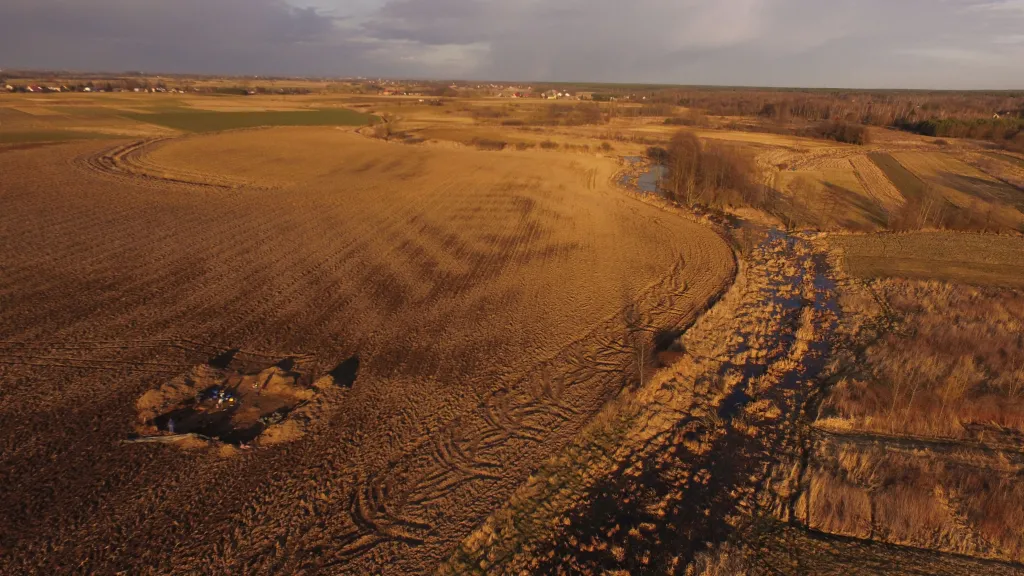 9/9Credit: Projekt Wrzępia
9/9Credit: Projekt Wrzępia













